7th Heron Island Conference on Reactive Intermediates and Unusual Molecules
Curt Wentrup and Craig M. WilliamsSchool of Chemistry and Molecular Biosciences, The University of Queensland, Brisbane, Qld 4072, Australia. Email: wentrup@uq.edu.au; c.williams3@uq.edu.au
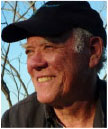
Curt Wentrup FAA, FRACI, is Professor Emeritus of Organic Chemistry at The University of Queensland. His research interest is in the field of reactive intermediates and unusual molecules using photochemistry, flash vacuum pyrolysis, matrix isolation, and computational chemistry. He is a recipient of the Centenary Medal of the Australian Commonwealth, the David Craig Medal of the Australian Academy of Science, the Arthur J. Birch Medal of the Royal Australian Chemical Institute, a doctor scientiarum from the University of Copenhagen, and a doctor honoris causa from the Université de Pau, France. |
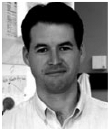
Craig M. Williams was born in Adelaide, Australia. He received his B.Sc. (Hons) degree in chemistry in 1994, and in 1997 was awarded his Ph.D. in organic chemistry from Flinders University under the supervision of Professor Rolf H. Prager. He worked as an Alexander von Humboldt Postdoctoral Fellow with Professor Armin de Meijere at the Georg-August-Universität, Göttingen, Germany, until 1999 and then took up a postdoctoral fellowship at the Australian National University with Professor Lewis N. Mander. Professor Williams has held an academic position at The University of Queensland since 2000 and during this time has won a number of awards, including a Thieme Chemistry Journals Award in 2007. The primary research focus of the Williams group is the construction and isolation of biologically active complex natural products, and designing methodology to assist in that endeavour. The group also enjoys exploring medicinal, physical organic, and computational chemistry of natural and non-natural compounds. |
Australian Journal of Chemistry 70(4) 341-343 https://doi.org/10.1071/CH17065
Published: 3 April 2017
The 7th Heron Island Conference on Reactive Intermediates and Unusual Molecules – Synthesis and Mechanism was held from 9 to 15 July 2016 at the Heron Island Resort on the Great Barrier Reef, which is situated off the coast of Gladstone, 600 km north of Brisbane (Figs 1 and 2).
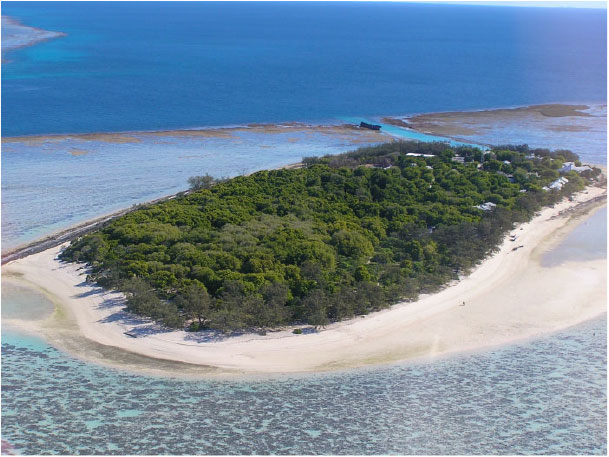
|
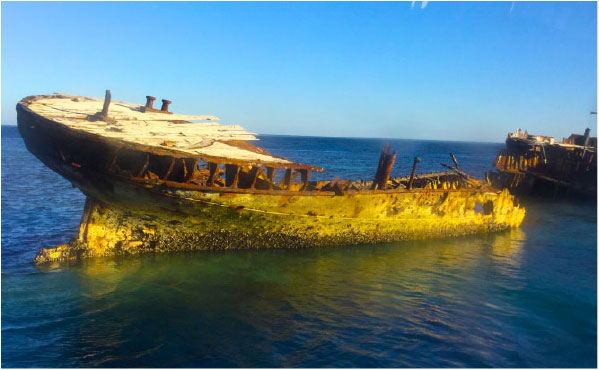
|
About 80 scientists from around the globe attended the meeting to present their work in either oral (40, 20, 15 or 10 min) or poster format (Fig. 3). As has been the case since the first meeting in 1991, this conference draws on its excellent international reputation, which presents unique opportunities for Australian and overseas (Europe, North America, and the Asia Pacific region) chemists to interact on subject areas varying across physical, spectroscopic, and mechanistic chemistry, organic synthesis, theoretical and computational chemistry, materials chemistry, biological and medicinal chemistry, and inorganic chemistry. Such a broad spectrum of chemistry topics and the close interaction of delegates’ experience often result in the formation of new collaborations, the fruits of which end up being published in high impact journals. It is for these reasons that journal editors are increasingly attracted to the meeting, and in 2016 we had a record number of journal representatives (e.g. Dr Peter Gölitz from Angewandte Chemie International Edition; Professors John Gladysz and Paul Chirik from Organometallics; Professors Craig Hutton and Jonathon White from the Australian Journal of Chemistry; Professor Oliver Kappe from the Journal of Flow Chemistry; Professor Don Tilley from Chemical Communications; and Professor Leon Ghosez from Tetrahedron). We are also pleased to acknowledge the gracious support of our sponsors (e.g. FB Rice, Thieme, Australian Journal of Chemistry, CSIRO, Molecules, Shimadzu, and the University of Queensland).
An unforgettable aspect of the Heron Island conferences is the buoyant late afternoon poster sessions on the Wistari terrace with a full view of the sunset and the reef sea life below the terrace (Fig. 4). On occasion, whales are seen travelling along the outer reef at sunset, and the first night of the conference didn’t disappoint in this regard.
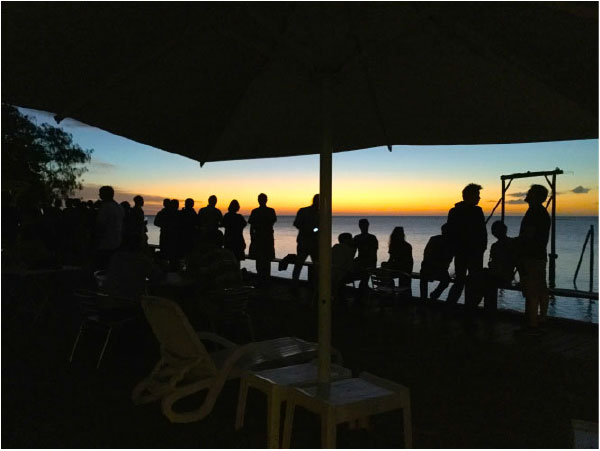
|
The magnitude of science covered at the Heron Island meetings continues to inspire dedicated issues in Aust. J. Chem. Herein is a collection of papers authored by delegates to the meeting covering a wide range of topics, including phenol-arene cross-coupling (König et al.),[1] oxaphosphirane complex (Streubel et al.),[2] HNC mediated Mukaiyama reactions (Lupton and Nguyen),[3] hydroxyl radicals (Williams et al.),[4] triplet excited states of ketones (Bucher),[5] aziridination of dicarbonyl compounds (Chan et al.),[6] copper iodide complexes of macrocycles (Baranová et al.),[7] electric field effects on radical stability (Coote and Gryn’ova),[8] photoreactivity of azirine (Gudmundsdottir et al.),[9] carbocation cyclization/rearrangement cascades (Tantillo and Hong),[10] cleavage of electron-deficient acetylenes (Alabugin et al.),[11] and a review of the HERON reaction (HEteroatom Rearrangement On Nitrogen) (Glover).[12]
The next Heron Island Conference will take place in early July 2019.
References
[1] A. Eisenhofer, U. Wille, B. König, Aust. J. Chem. 2017, 70, 407.| Crossref | GoogleScholarGoogle Scholar |
[2] C. M. García, G. Schnakenburg, R. Streubel, Aust. J. Chem. 2017, 70, 442.
| Crossref | GoogleScholarGoogle Scholar |
[3] K. Nguyen, D. W. Lupton, Aust. J. Chem. 2017, 70, 436.
| Crossref | GoogleScholarGoogle Scholar |
[4] P. W. Moore, J. P. Hooker, A. Zavras, G. N. Khairallah, E. H. Krenske, P. V. Bernhardt, G. Quach, E. G. Moore, R. A. J. O’Hair, C. M. Williams, Aust. J. Chem. 2017, 70, 397.
| Crossref | GoogleScholarGoogle Scholar |
[5] G. Bucher, Aust. J. Chem. 2017, 70, 387.
| Crossref | GoogleScholarGoogle Scholar |
[6] C. Tejo, D. Tirtorahardjo, D. P. Day, D.-L. Ma, C.-H. Leung, P. W. H. Chan, Aust. J. Chem. 2017, 70, 430.
| Crossref | GoogleScholarGoogle Scholar |
[7] Z. Baranová, H. Amini, M. Neupane, S. C. Garrett, A. Ehnbom, N. Bhuvanesh, J. H. Reibenspies, J. A. Gladysz, Aust. J. Chem. 2017, 70, 373.
| Crossref | GoogleScholarGoogle Scholar |
[8] G. Gryn’ova, M. L. Coote, Aust. J. Chem. 2017, 70, 367.
| Crossref | GoogleScholarGoogle Scholar |
[9] G. K. Weragoda, A. Das, S. K. Sarkar, H. D. M. Sriyarathne, X. Zhang, B. S. Ault, A. D. Gudmundsdottir, Aust. J. Chem. 2017, 70, 413.
| Crossref | GoogleScholarGoogle Scholar |
[10] Y. J. Hong, D. J. Tantillo, Aust. J. Chem. 2017, 70, 362.
| Crossref | GoogleScholarGoogle Scholar |
[11] S. F. Vasilevsky, M. P. Davydova, V. I. Mamatyuk, N. Tsvetkov, A. Hughes, D. S. Baranov, I. V. Alabugin, Aust. J. Chem. 2017, 70, 421.
| Crossref | GoogleScholarGoogle Scholar |
[12] S. A. Glover, Aust. J. Chem. 2017, 70, 344.
| Crossref | GoogleScholarGoogle Scholar |



